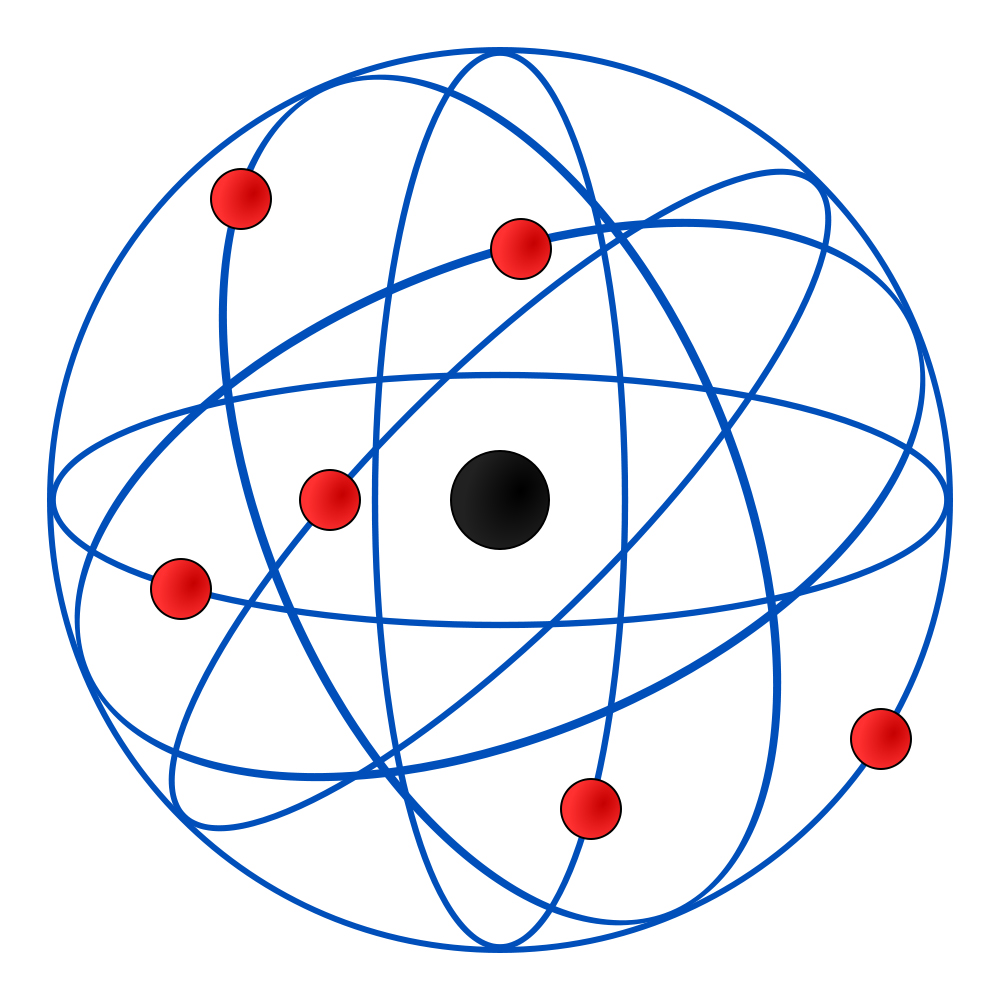During the early part of the twentieth century, several physicists and chemists toyed with the idea of obtaining energy from atoms. However, because so little was known about the actual structure of the atom (Rutherford thought the nucleus was solid, like a billiard ball and Bohr thought it was elastic, like the surface tension on a drop of water), proof was hard to come by. However, that didn’t prevent scientists of the day from “postulating the future”.
In the 1920’s and early 30’s, scientists from around the world worked to unravel the mystery of the atom. From Ernest Rutherford and James Chadwick in England; from Niels Bohr, Edward Teller, Otto Frisch and others in Copenhagen; from Otto Hahn, Lise Meitner, and Fritz Strassmann in Germany; from Enrico Fermi and Emilio Segre in Italy; from Hans Bethe, Ernest O. Lawrence, Robert Oppenheimer, Arthur Compton, and John Dunning in the United States; to Frederic Joliot and Irene Curie-Joliot in France – all raced to explain the conflicting results obtained from hundreds of innovative experiments. It was a time of unrelenting cooperation amongst scientists everywhere; findings were being published almost on a daily basis.
“The Beautiful Years”
In Robert Jungk’s famous book: Brighter than a Thousand Suns – A Personal History of the Atomic Scientists, Mr. Jungk refers to the period of 1923 through 1932 as “the beautiful years.” International collaboration among the scientific community was at an all-time high, especially in Germany.
For atomic research, scientists and students drew closer together to handle the new questions arising. For example, James Franck, who already held a Nobel Prize for physics (the same James Franck that worked on the Manhattan Project at the University of Chicago’s Met Lab), could turn from the blackboard on which he had lost his way in a difficult calculation and inquire of one of his students, “Perhaps you can see the next step?” Knowledge freely flowed through university halls, and American scientists and students travelled over to get involved, including J. Robert Oppenheimer, who went to Gottingen during the winter semester of 1926. Many of the Americans had their education paid for by financiers, such as the Rockefeller Foundation, an influx of funds that was welcomed by the financially-strapped Germans.
As political crisis began to take shape in Europe, the Copenhagen lab of Niels Bohr welcomed many exiled scientists. Eventually, many of these distinguished scientists would end up in the United States, becoming a part of the Manhattan Project.





